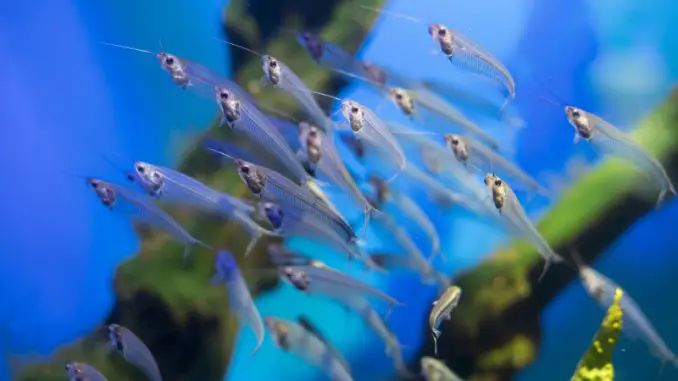
Aquarium Catfish is a diverse class of ray-finned fish in the Siluriformes order. Catfish is generally known for their barbel whiskers, scaleless bodies, large heads, bottom-dwelling behaviors, and suction-feeding habits. Some catfish species make good beginner aquarium fish because they’re relatively small, keep the tank clean, and get along well in a group and with other catfish or other tank species of a similar size.
TABLE OF CONTENTS
Pictus Catfish
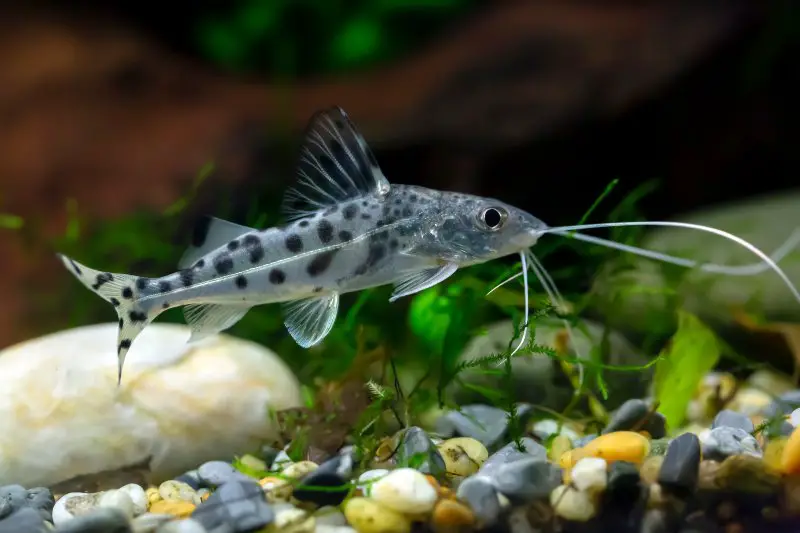
| Care level Easy | Temperament Peaceful | Color Black and white speckles | Lifespan Over 8 years | Size Up to 5 inches |
| Water temperature 75–81°F | Water pH 7.0–7.5 | Tank size 55 gallons for one fish, 150 gallons for a shoal | Diet Omnivore | Scientific name Pimelodus pictus |
The pictus catfish (Pimelodus pictus), also known as the angel catfish, is an energetic and social catfish species that thrives best in a large tank with a shoal of three to four other pictus, and in nitrate-free water.
Pictus are predatory by nature, however, the fish add liveliness to a home tank if provided with enough space to swim actively and accompanied by other peaceful species that are as large as or bigger than the pictus.
Cory Catfish (Corydora Species)
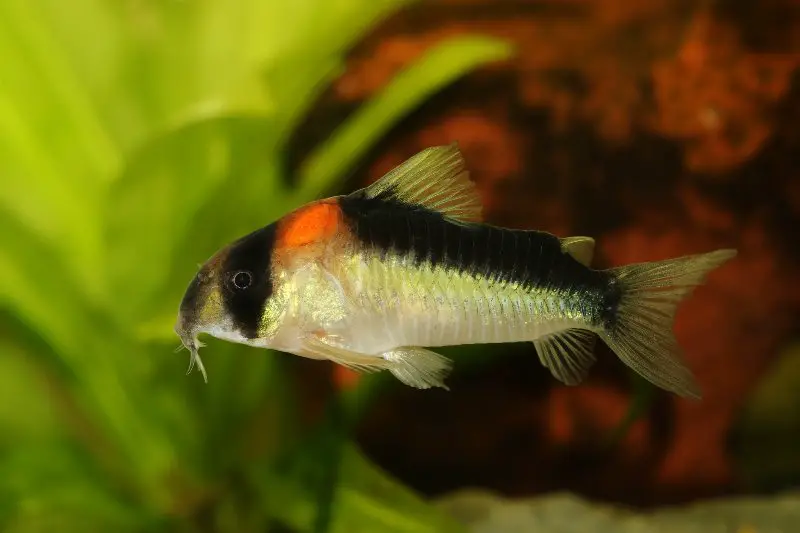
| Care level Easy | Temperament Peaceful | Color Black, white, or brown with dark spots or an orange stripe | Lifespan 3–5 years | Size 1–4 inches |
| Water temperature 70–81°F | Water pH 5.5–7.0 | Tank size 10 gallons | Diet Omnivore | Scientific name Corydoras paleatus |
Cories are a small species of catfish and they dwell together happily in fairly small tanks. The fish are shy, slow-moving bottom feeders, and they come in many fun camouflage color variations.
Though cory catfish is known for keeping the tank clean, you should include a strong filter in the tank to help them keep up with algae growth and waste and to avoid nitrate pollution, and use soft substrates so these delicate fish don’t get injured when they scavenge.
Pleco Catfish (Plecostomus Species)
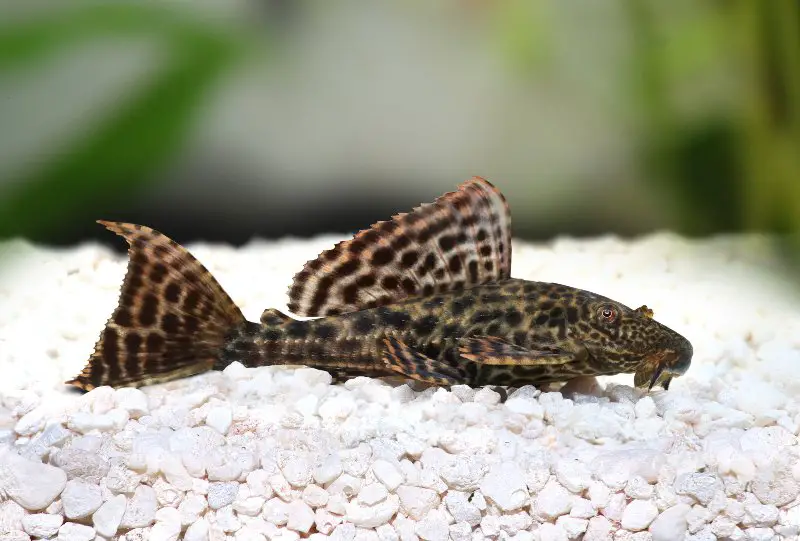
| Care level Easy | Temperament Peaceful | Color Brown, sand, gray | Lifespan 10–15 years | Size 20–24 inches |
| Water temperature 72–86°F | Water pH 6.5–7.5 | Tank size 30–100 gallons | Diet Omnivore | Scientific name Hypostomus plecostomus |
Plecos are a large catfish breed that doesn’t require advanced aquarist skills, but that does require a large tank with plenty of space to swim. The species thrive in flowing freshwater and brackish environments.
Though plecos spend most of their time scavenging the bottom of the tank, they occasionally swim to the surface to breathe air.
Pleco species thrive with clay and gravel substrates to burrow in, and plants and other decorations to hide among. Include plants that the fish can nibble at but that can’t be easily uprooted.
Otocinclus Catfish
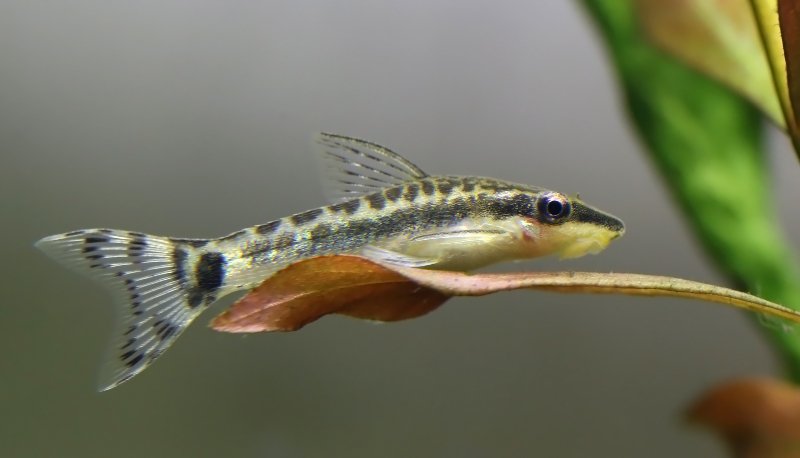
| Care level Easy | Temperament Peaceful | Color Various colors, usually with a horizontal brown stripe | Lifespan 3–5 years | Size 20–24 inches |
| Water temperature 72–79°F | Water pH 6.8–7.5 | Tank size 10 gallons | Diet Herbivore | Scientific name Otocinclus sp. |
Otocinclus catfish is generally sturdy fish that prefer a tank with lots of algae to feed on and oxygenated water. Decorate the tank with plenty of live plants to keep water oxygen levels high and encourage algae growth to satisfy this fish’s grazing habit.
Otos get along well with other species that are equally as small and peaceful. Bigger fish will likely eat the Otocinclus.
Glass Catfish
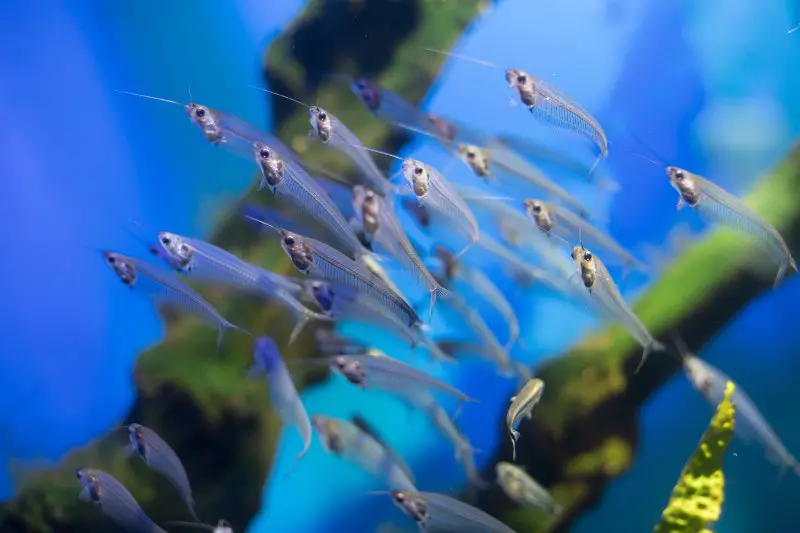
| Care level Moderate | Temperament Calm | Color Transparent | Lifespan 7–8 years | Size 5 inches |
| Water temperature 75–80°F | Water pH 6.5–7.0 | Tank size 30 gallons | Diet Omnivore | Scientific name Kryptopterus vitreolus |
The glass catfish is also known as the phantom, ghost, or skeleton catfish because of its see-through body. This catfish species is shy, and calm, and prefers to swim in a group in the middle water column rather than at the bottom of the tank.
Though easy to care for, the glass catfish requires strict water conditions without fluctuations in temperature, otherwise, the fish will likely die.
Plant the tank heavily to provide the glass catfish with lots of hiding spots and shade. The fish are shy when introduced to the tank, but provide an interesting swim show once they grow accustomed to their surroundings.
Banjo Catfish
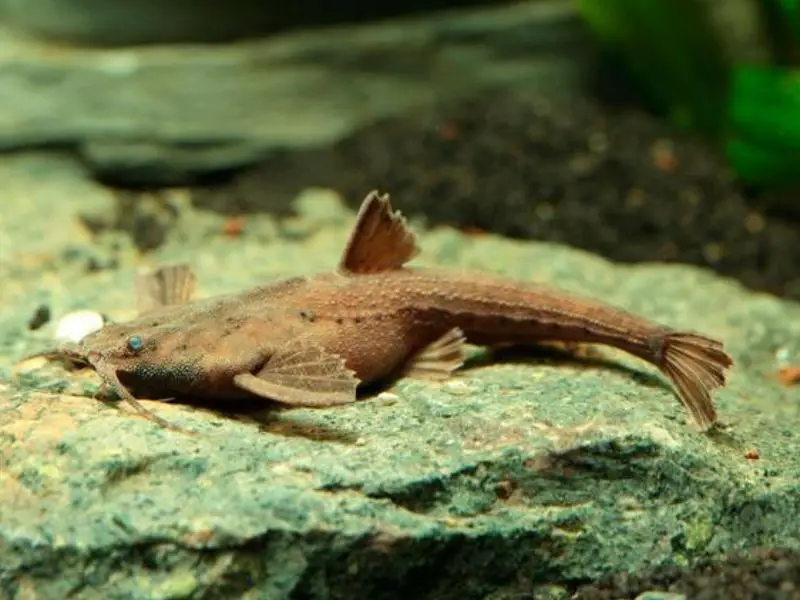
| Care level Easy | Temperament Peaceful | Color Brown, orange, black | Lifespan 7–8 years | Size 5 inches |
| Water temperature 75–82°F | Water pH 6.0–8.0 | Tank size 25 gallons | Diet Omnivore | Scientific name Bunocephalus coracoideus |
Banjo catfish are a shy species that make up one of the most friendly and peaceful species of catfish. These fish are nocturnal and prefer a dimly-lit environment with lots of live plants, a soft substrate, and rocks and other decorations to camouflage themselves among.
Care for banjo catfish by feeding them tiny bits of high-nutrient foods, keeping their tank clean, and housing them with other small peaceful species.
Conclusion: Choosing & Caring for Different Types of Aquarium Catfish
A catfish can be a good addition to a freshwater tank if you’re looking for a peaceful bottom feeder to keep your tank clean and to accompany a small group of peaceful fish that are similar in size to the catfish.
Choose the right catfish species for your tank by matching the species’ environmental needs to that of the other species in your tank. Choose a large active catfish species like pictus if you have a big tank with lots of open space, and choose a small, shy species like the glass catfish if you have a little tank with lots of hiding spaces.
In general, catfish should be housed in warm, freshwater tanks decorated with deep-rooted plants and soft sand or gravel substrate that replicates the fish’s home environment. Feed the fish sinking foods, secure live plants solidly so the fish don’t uproot them, and maintain clean water and a quiet environment.

Be the first to comment